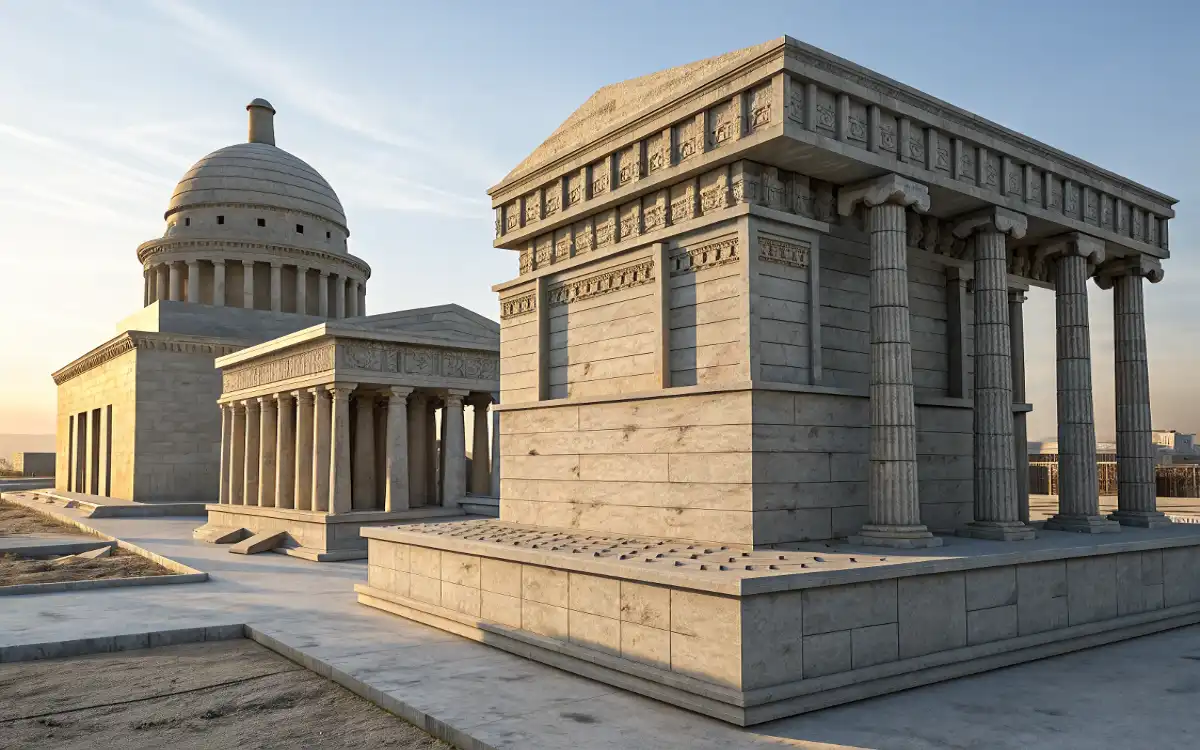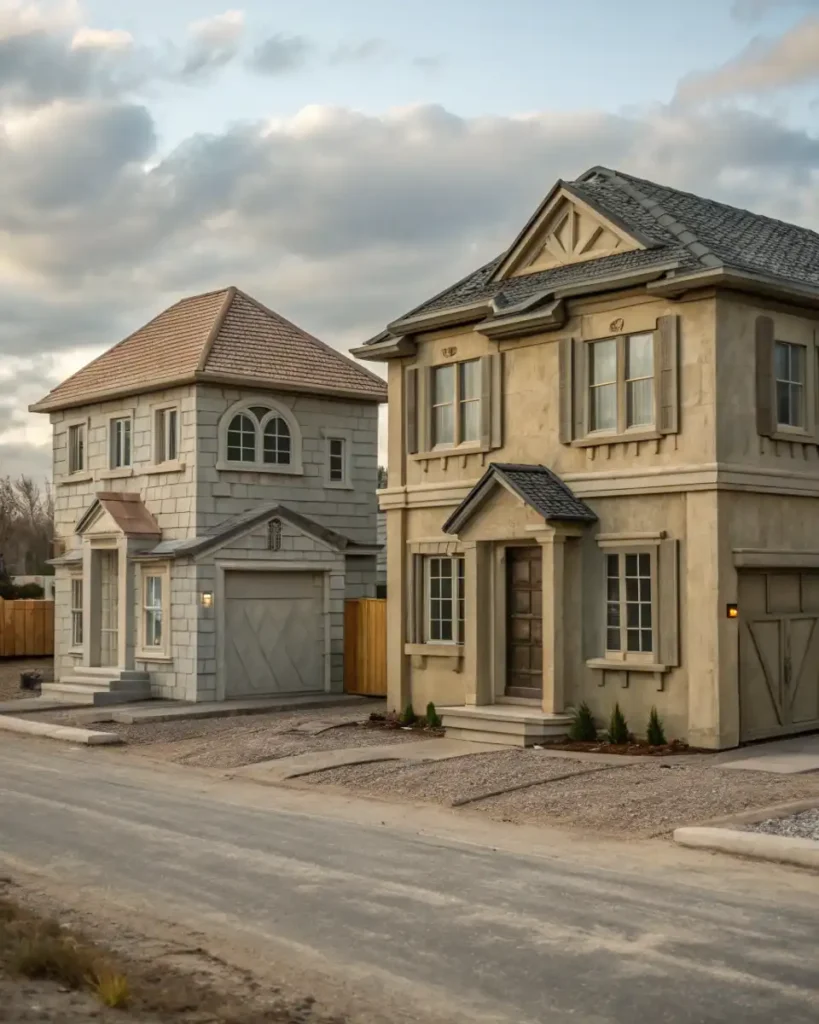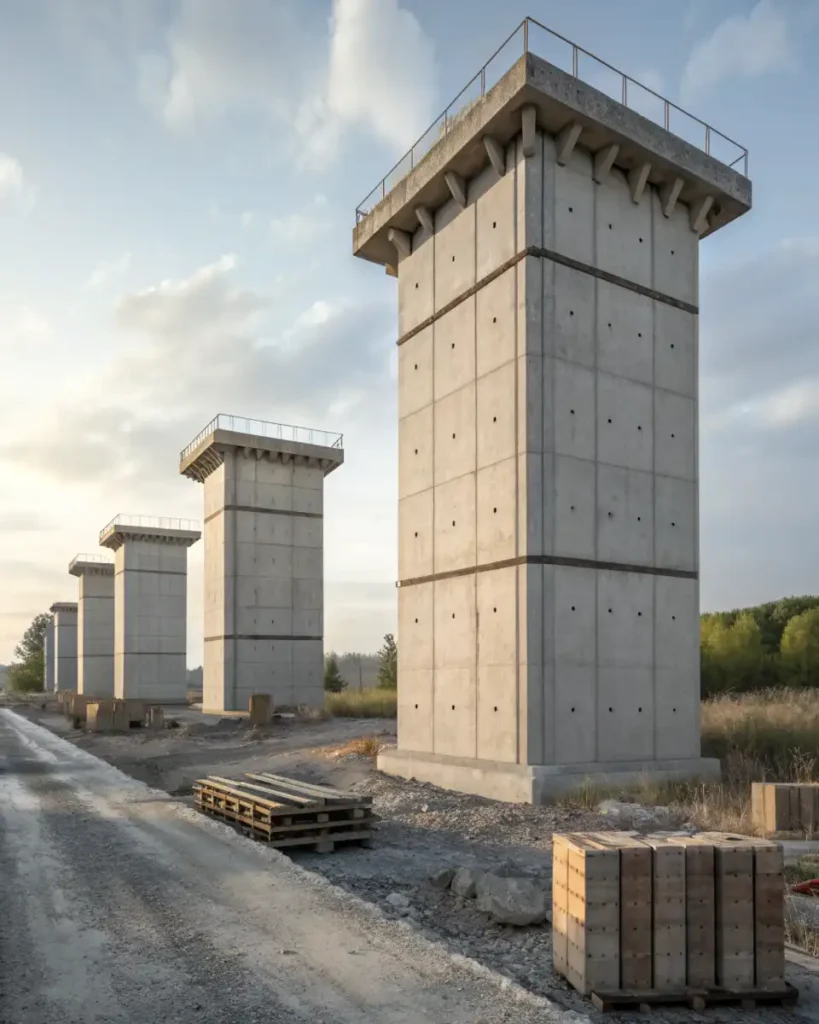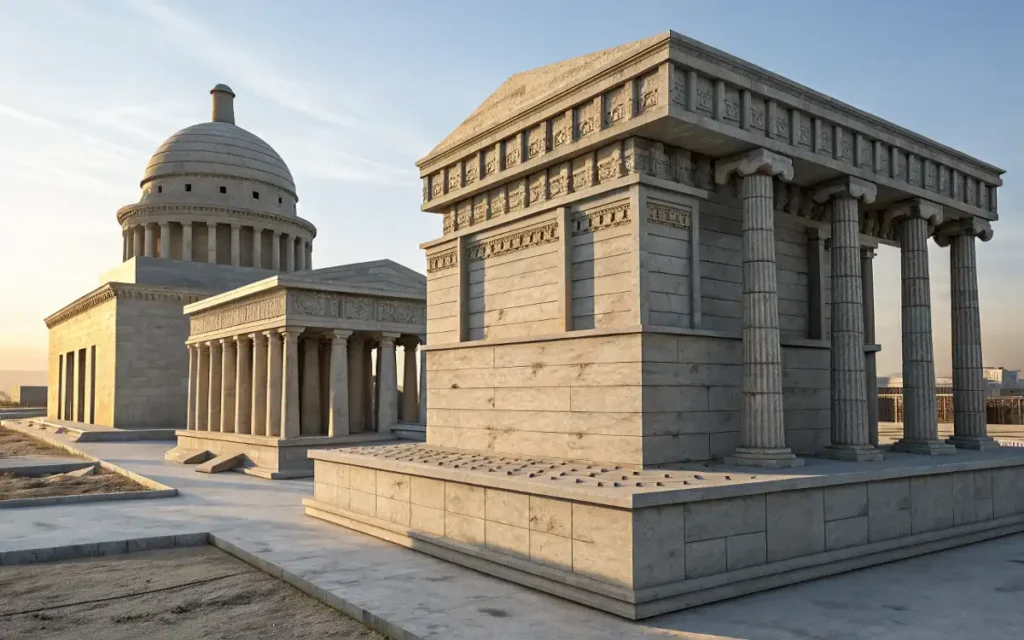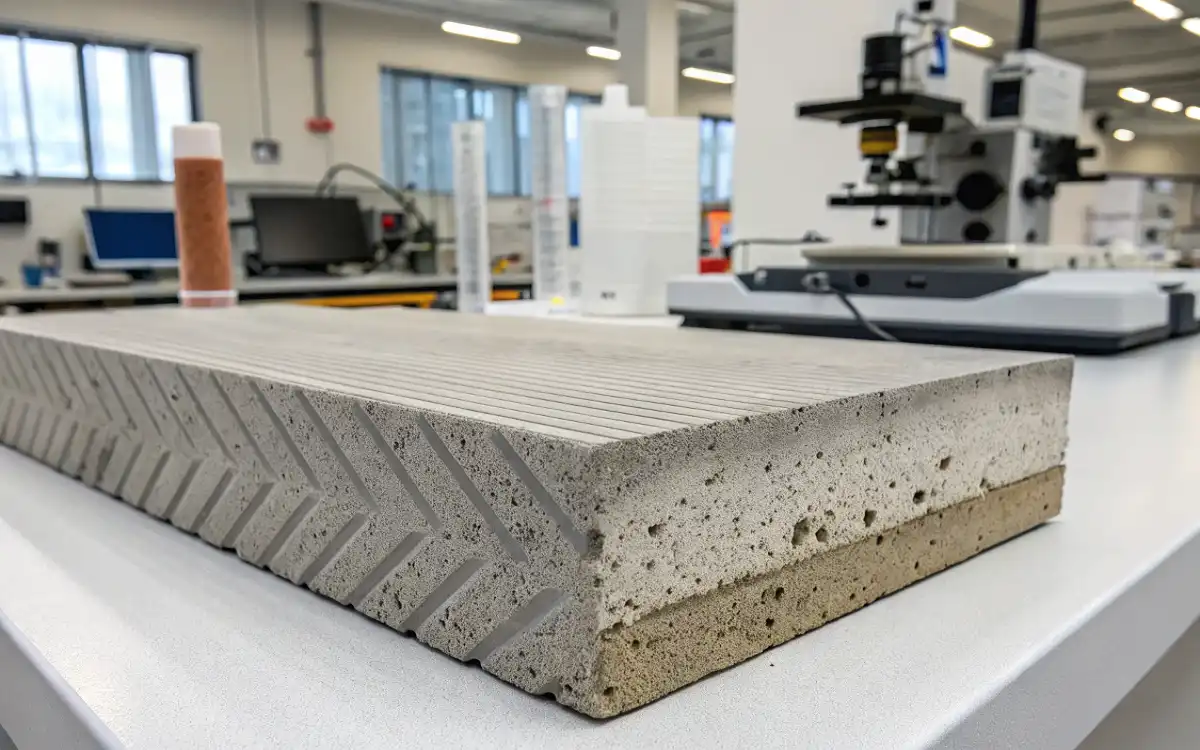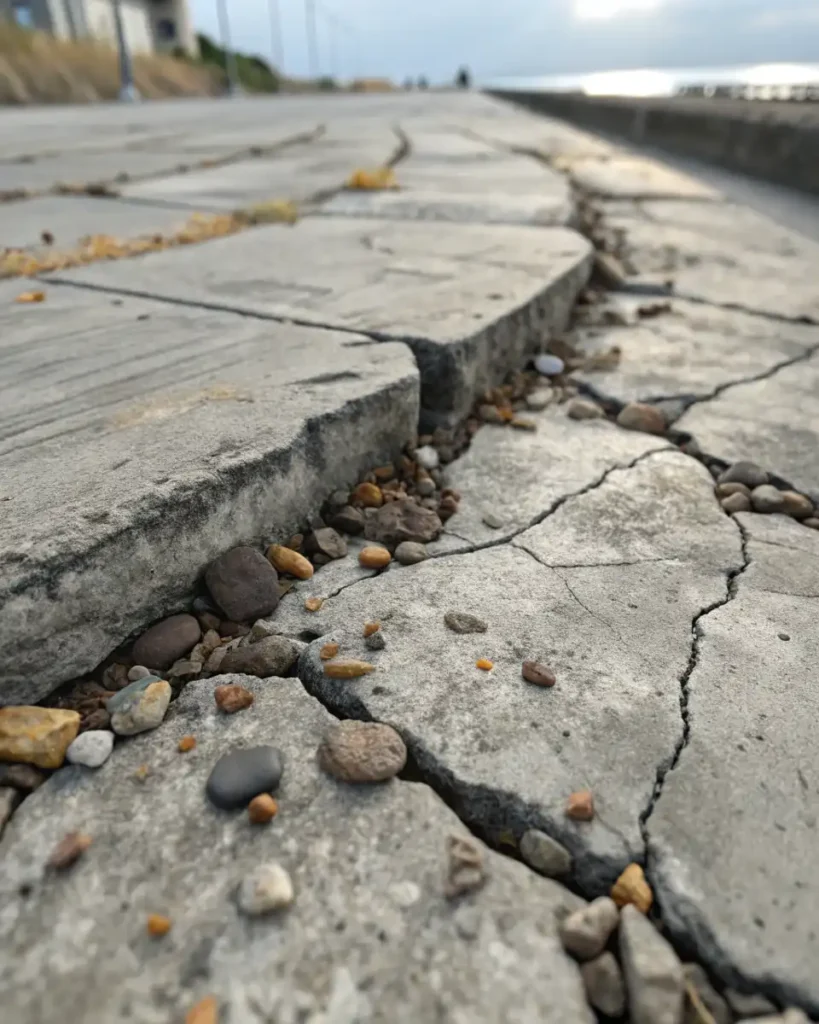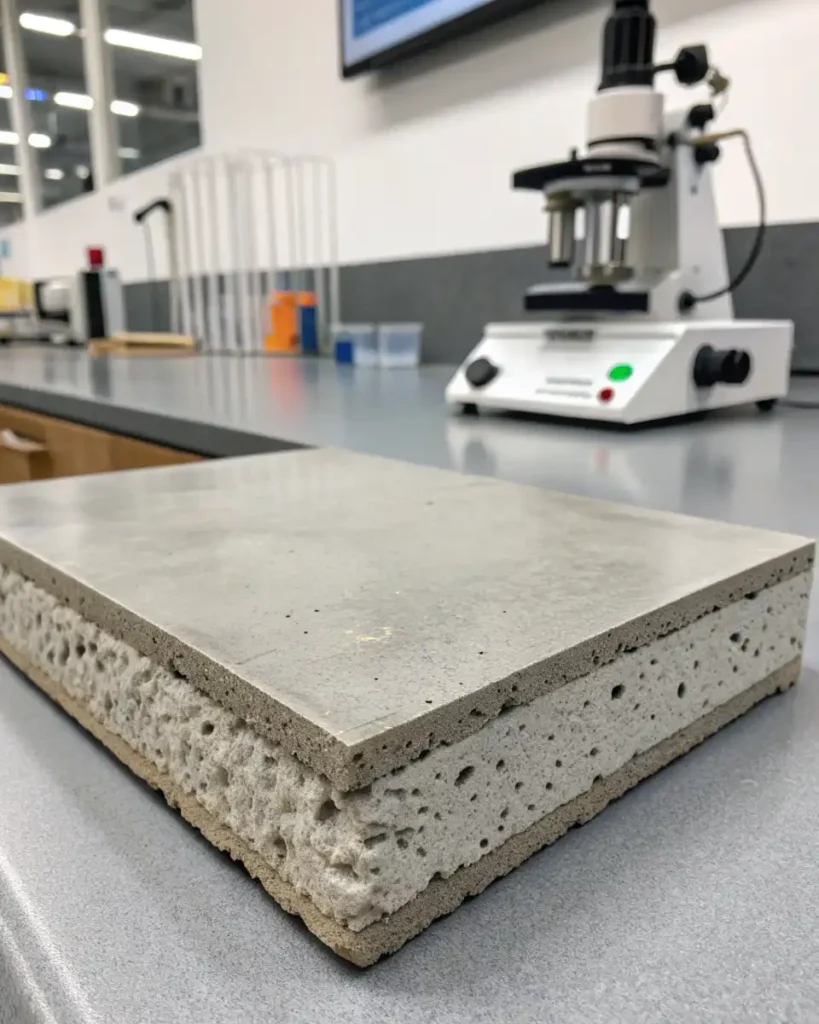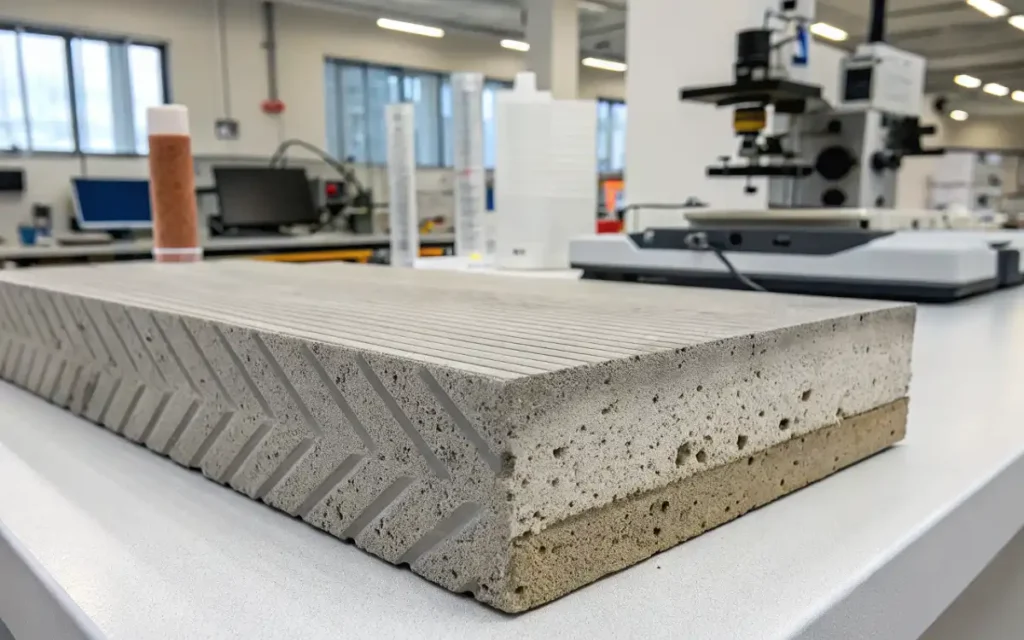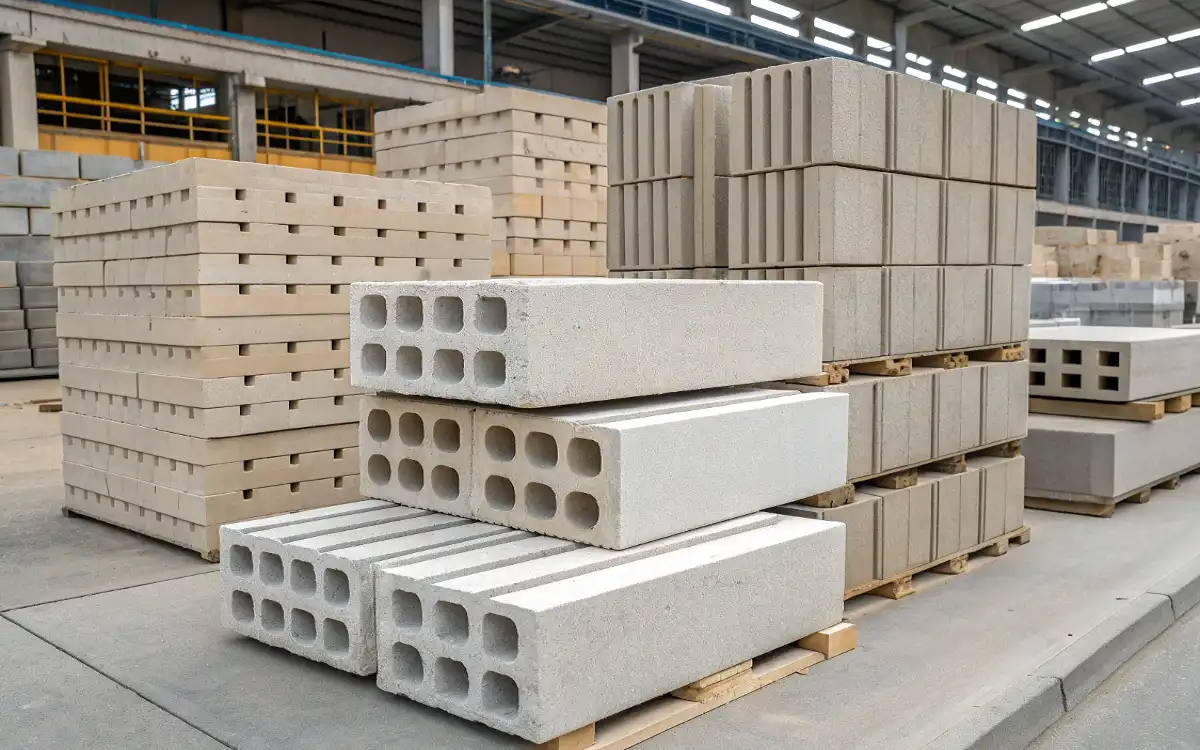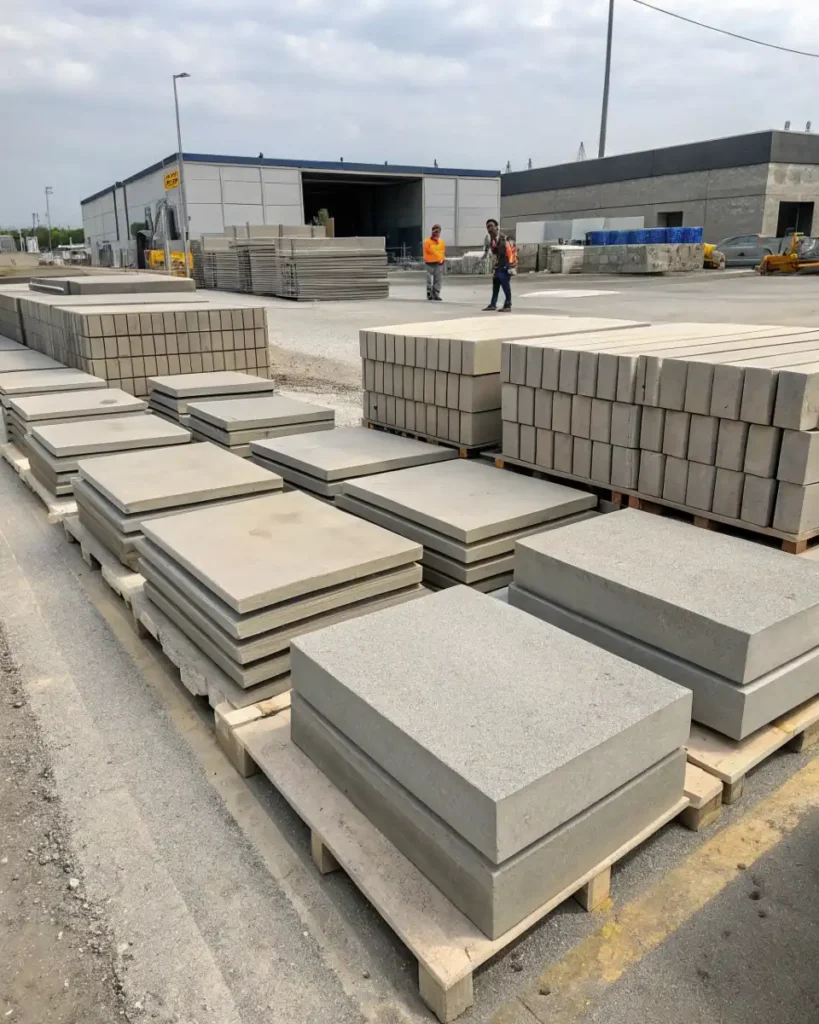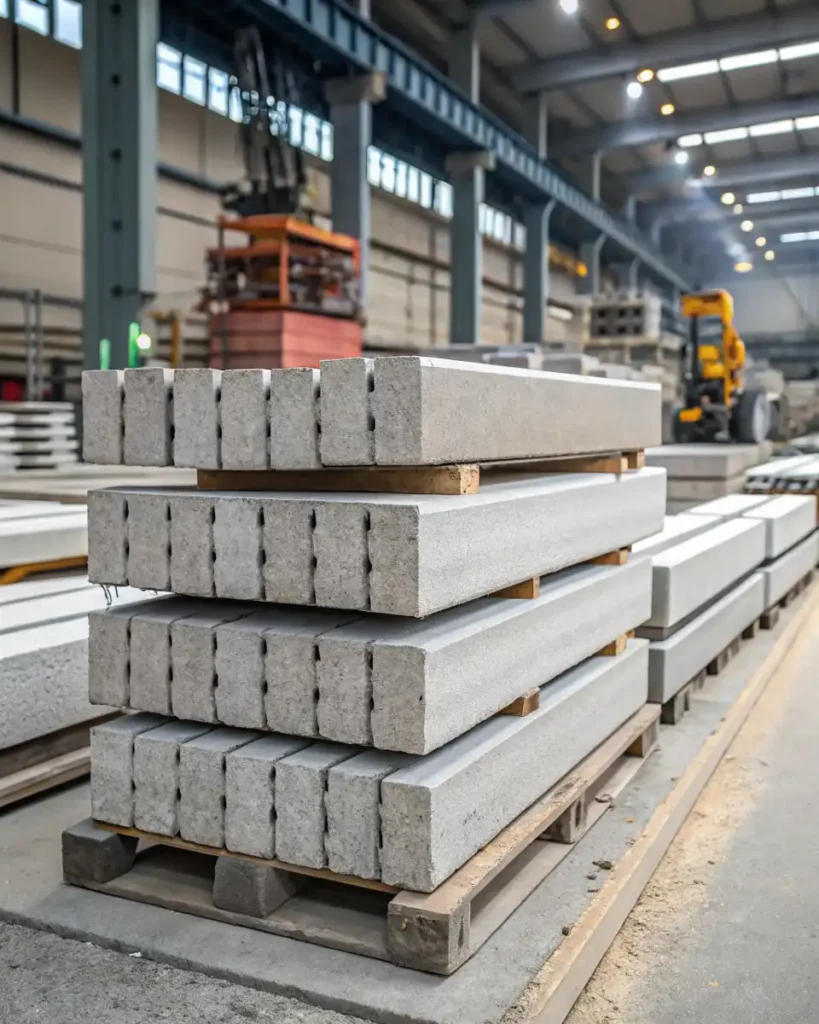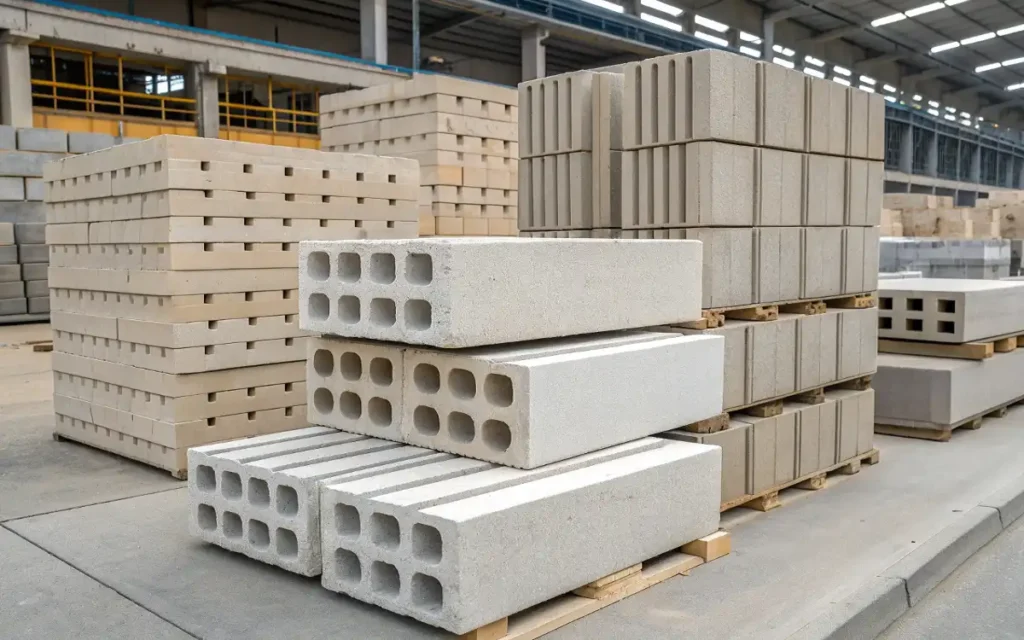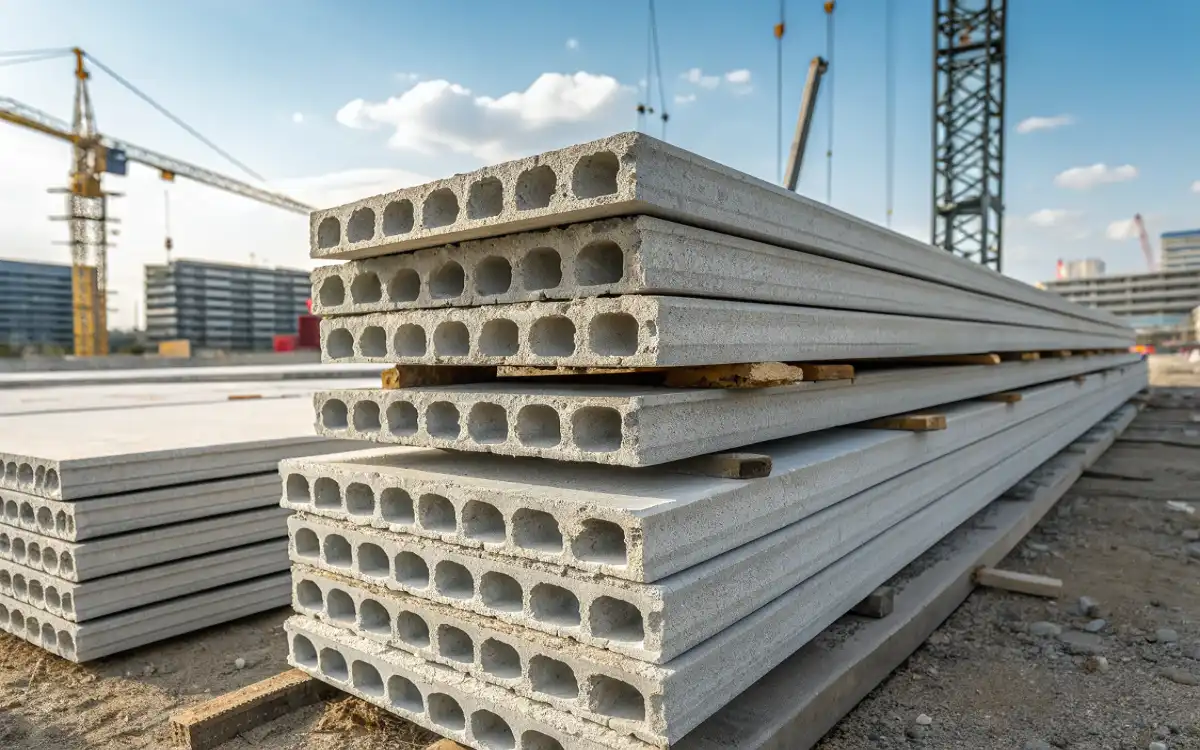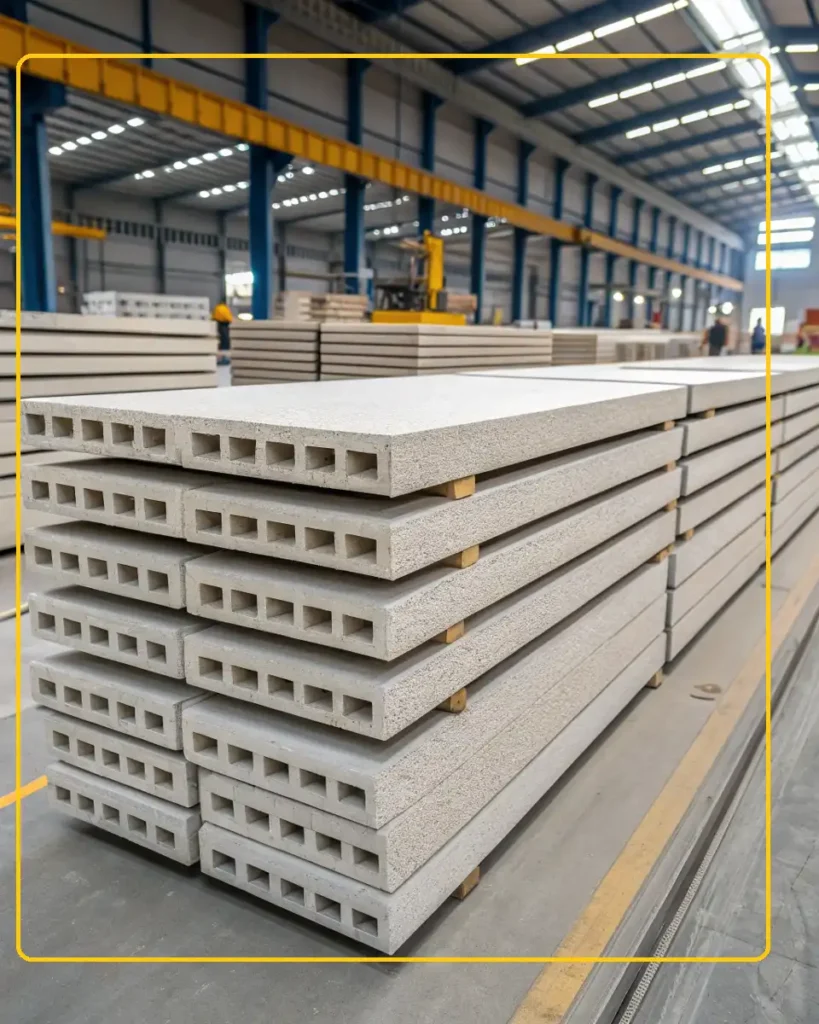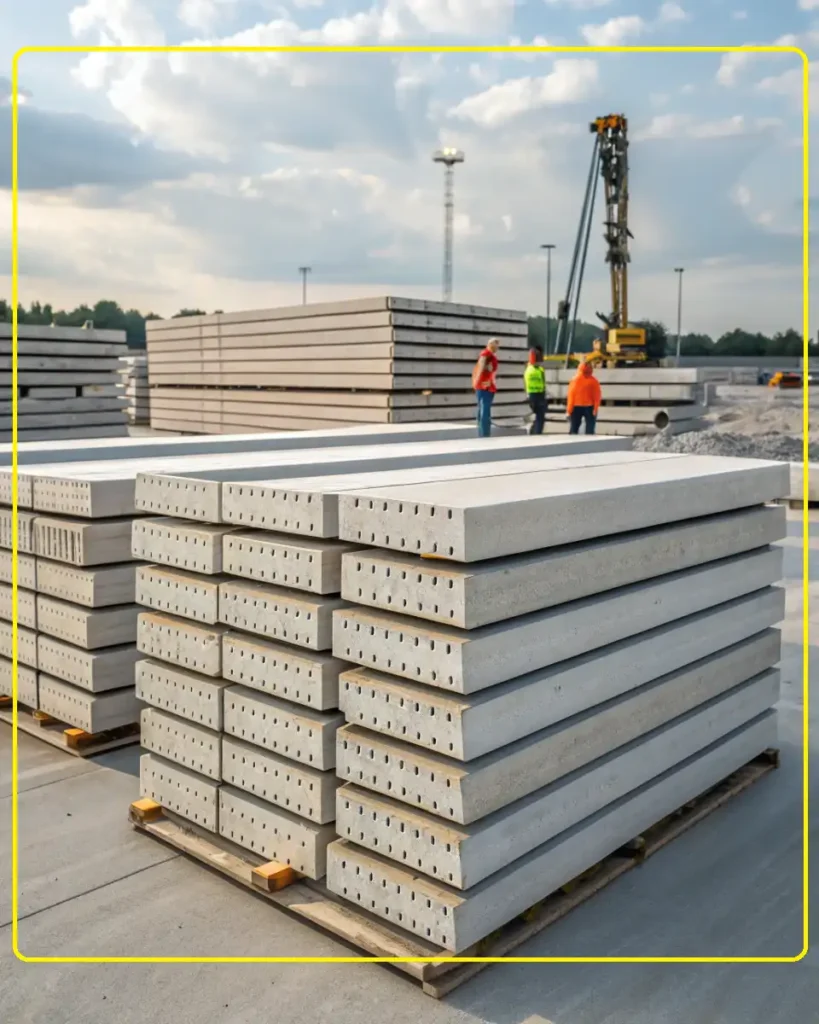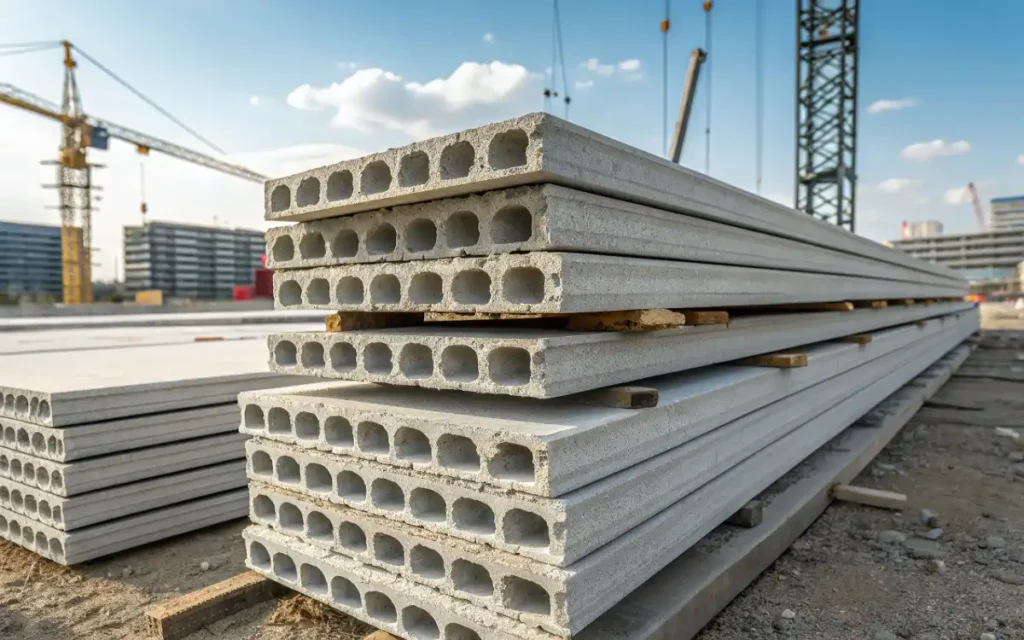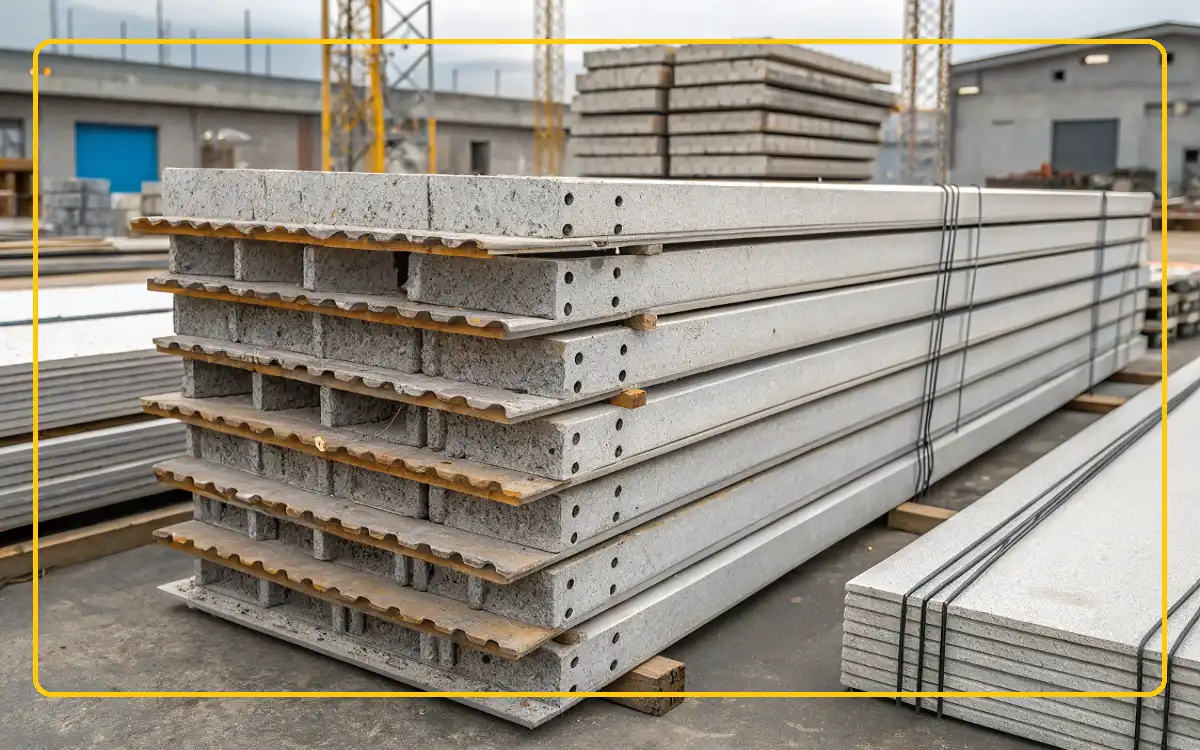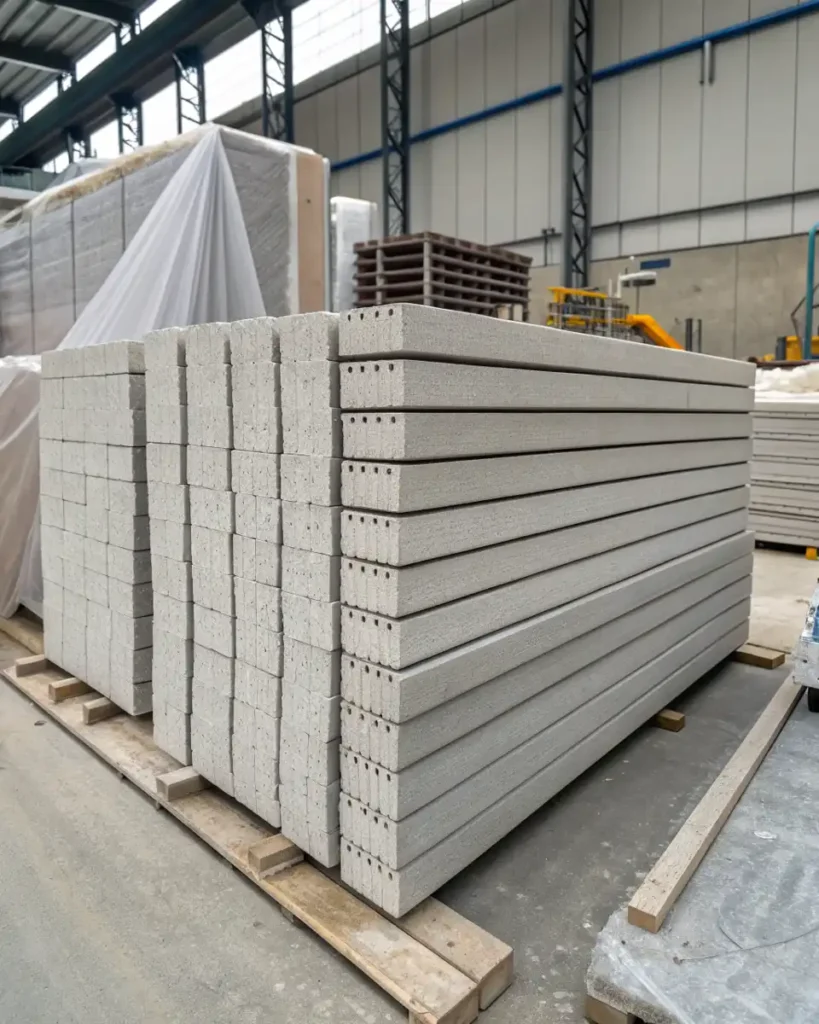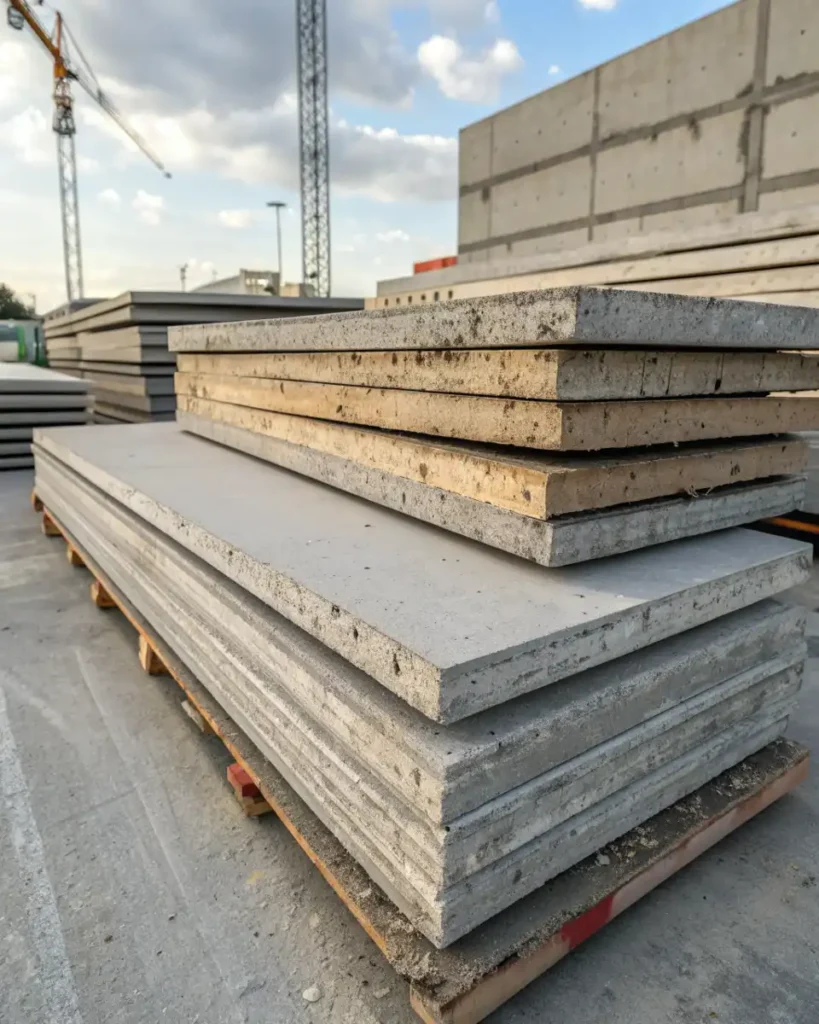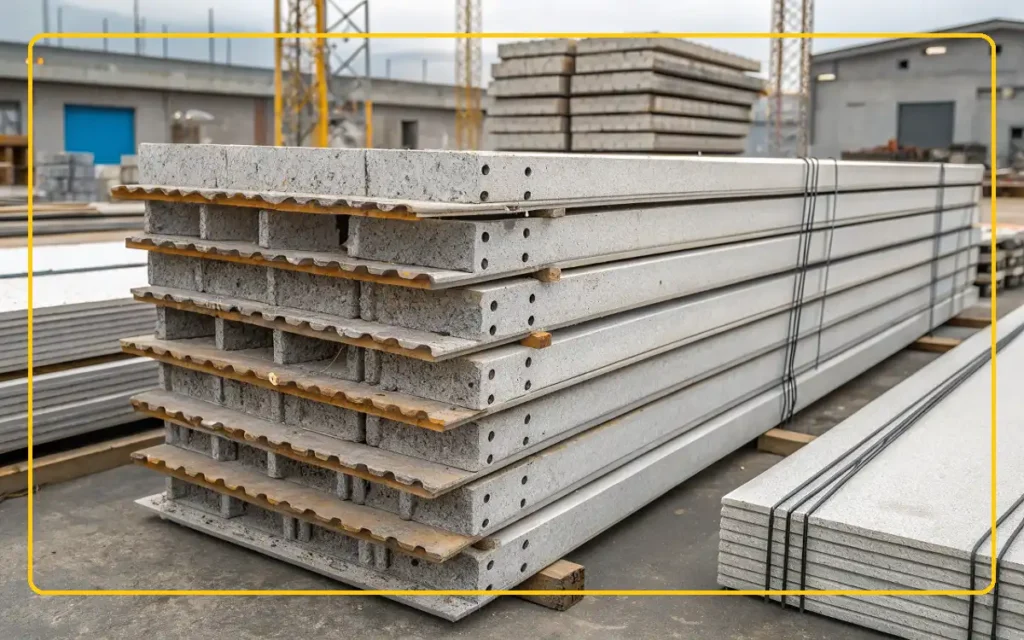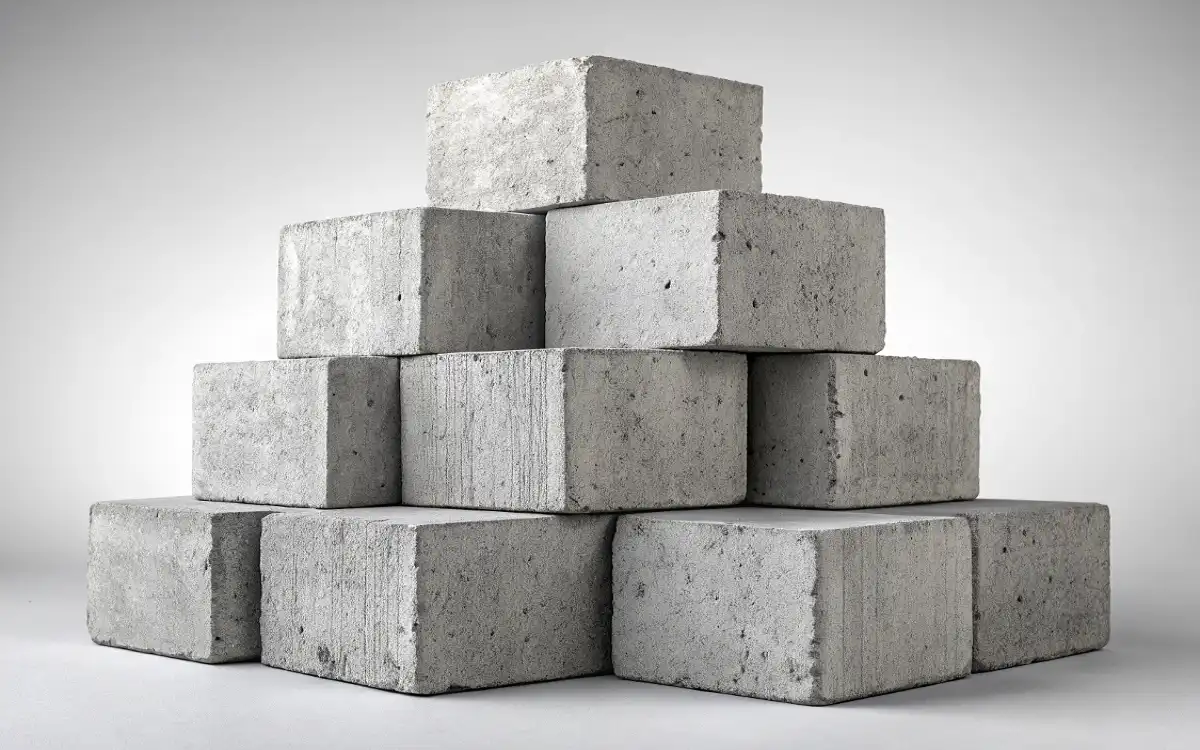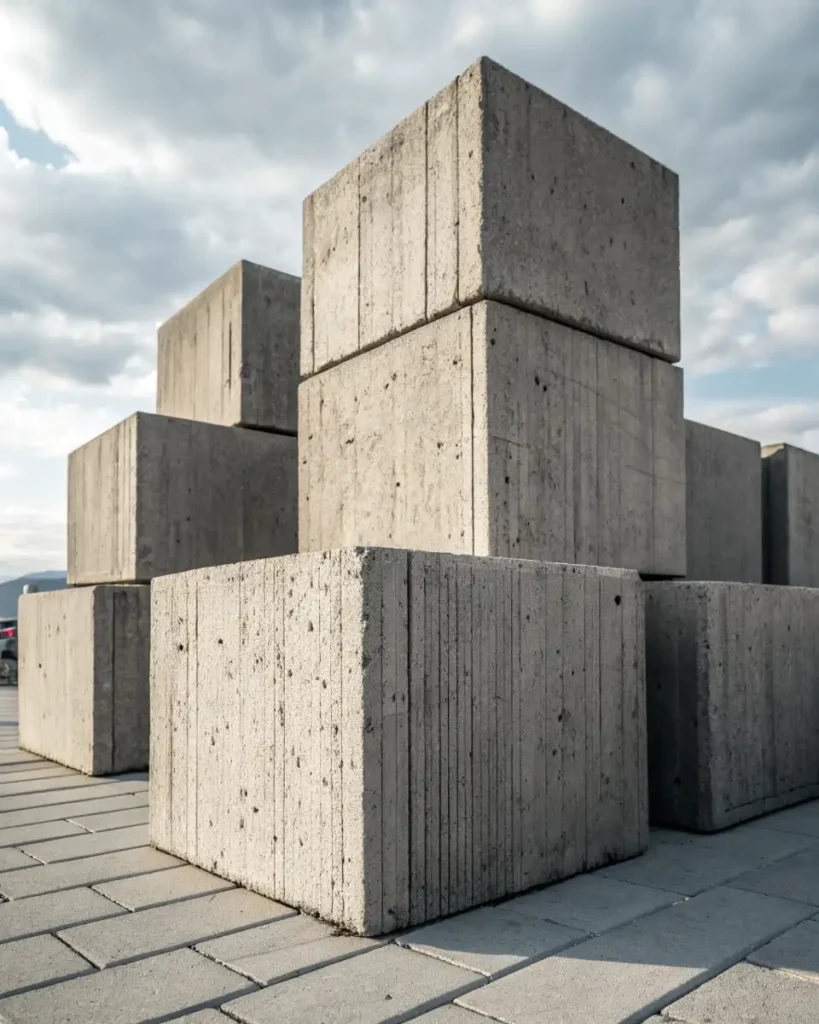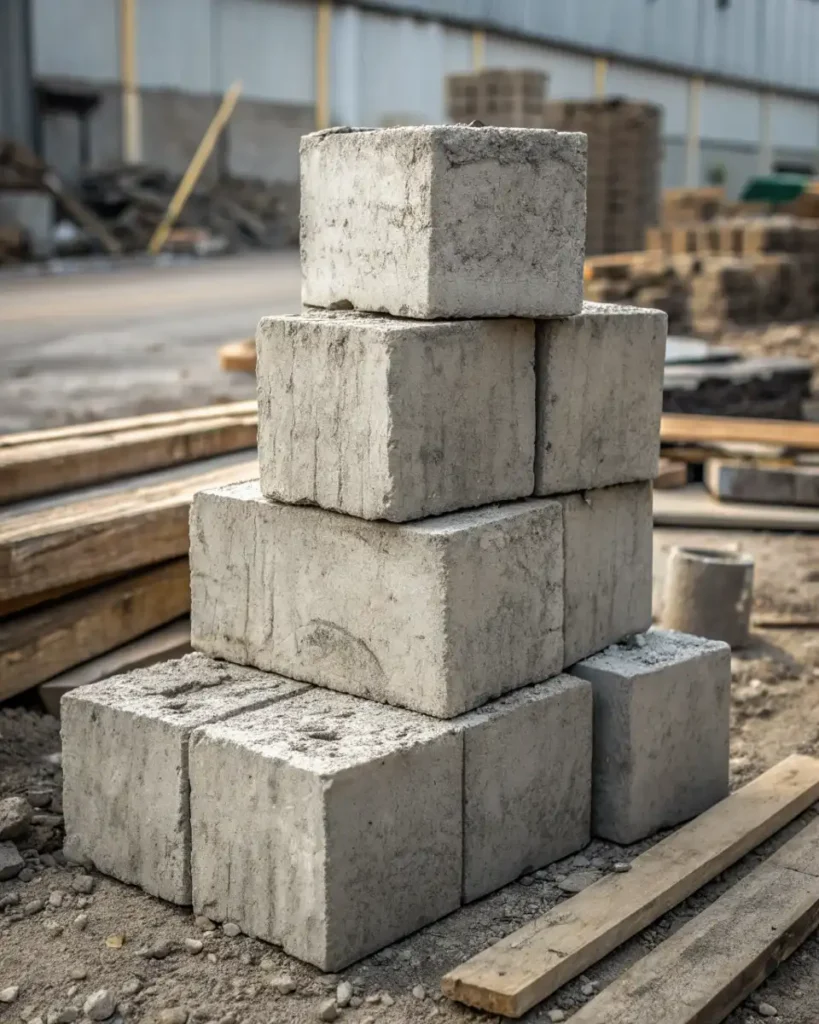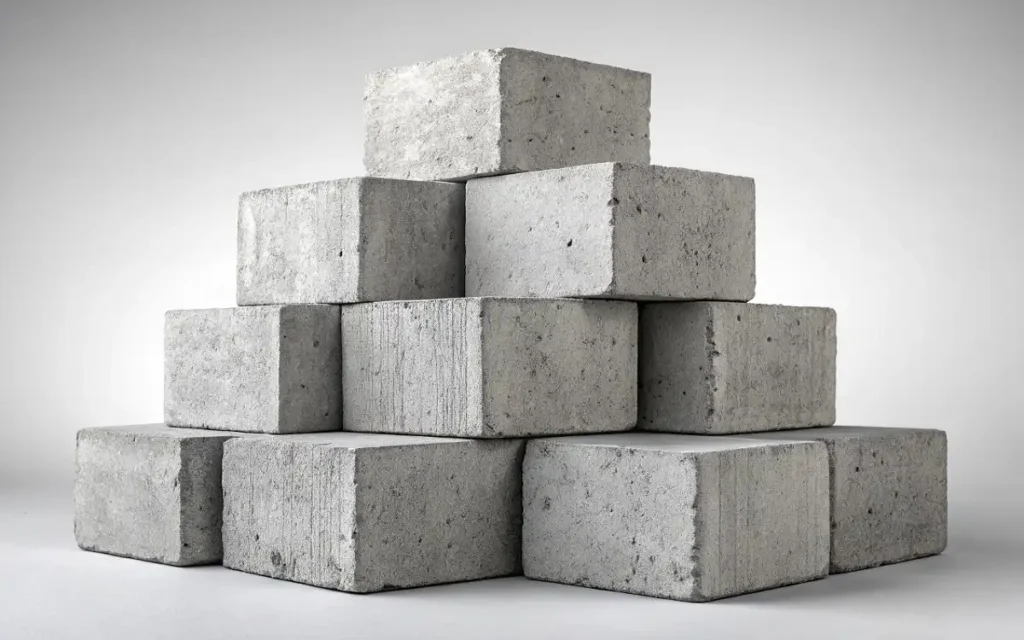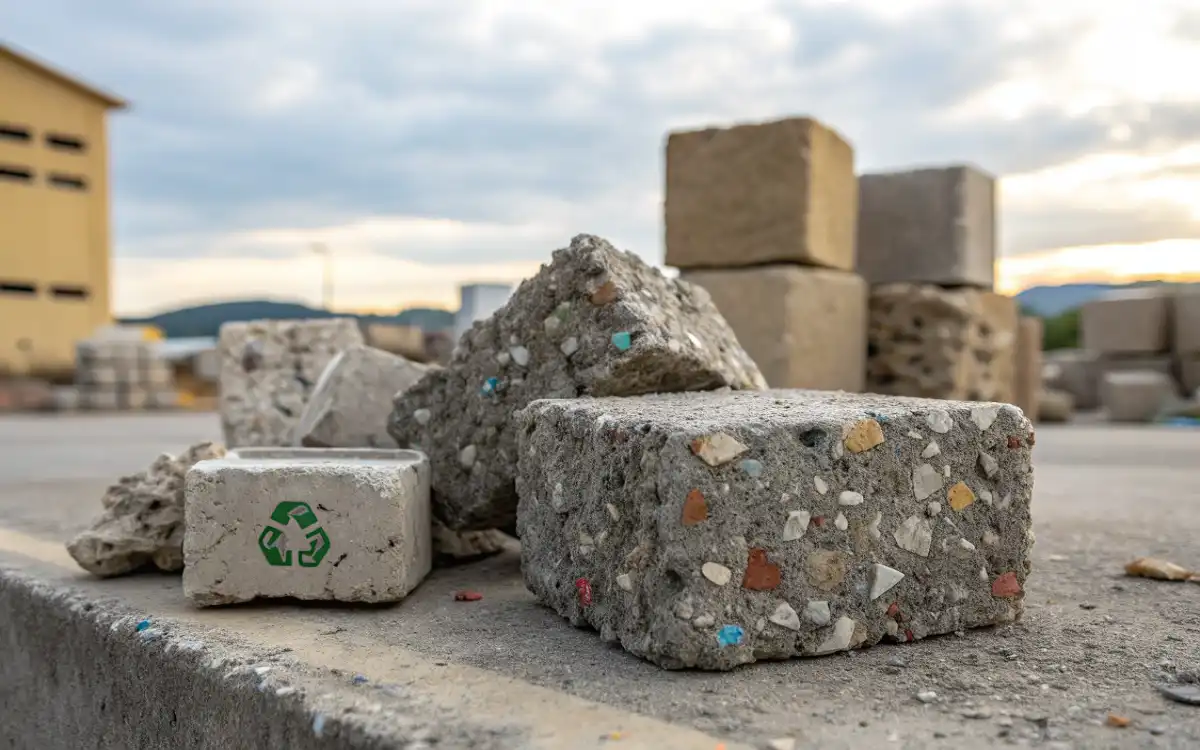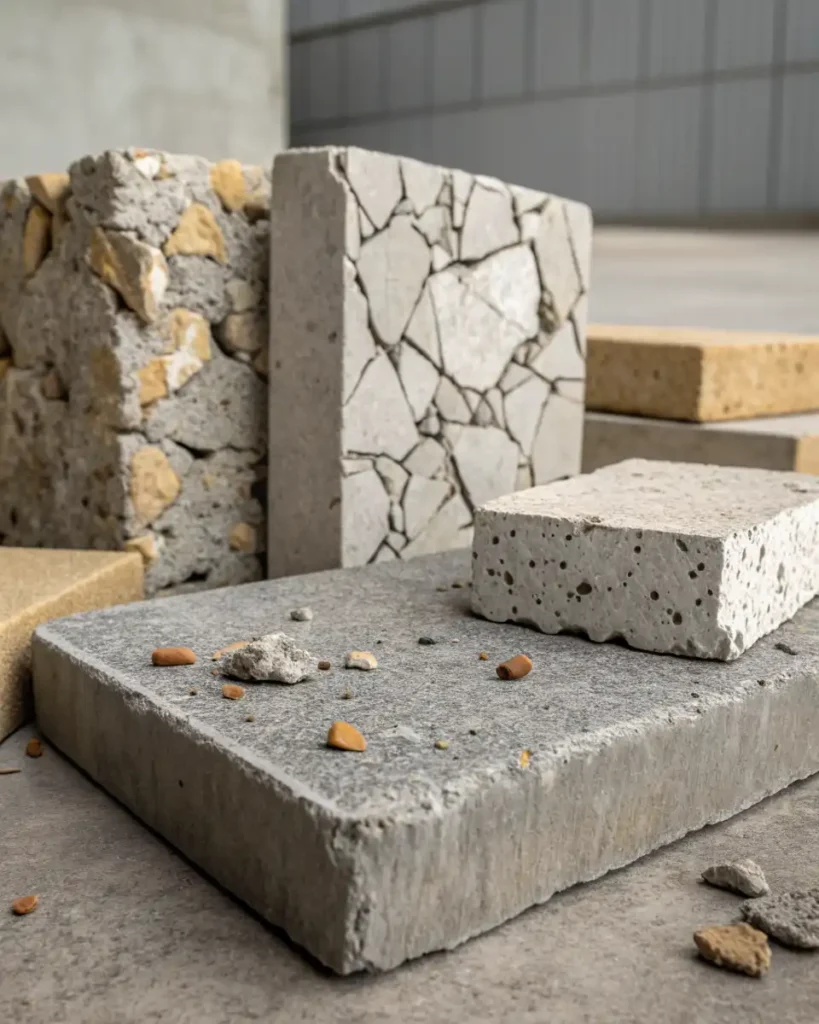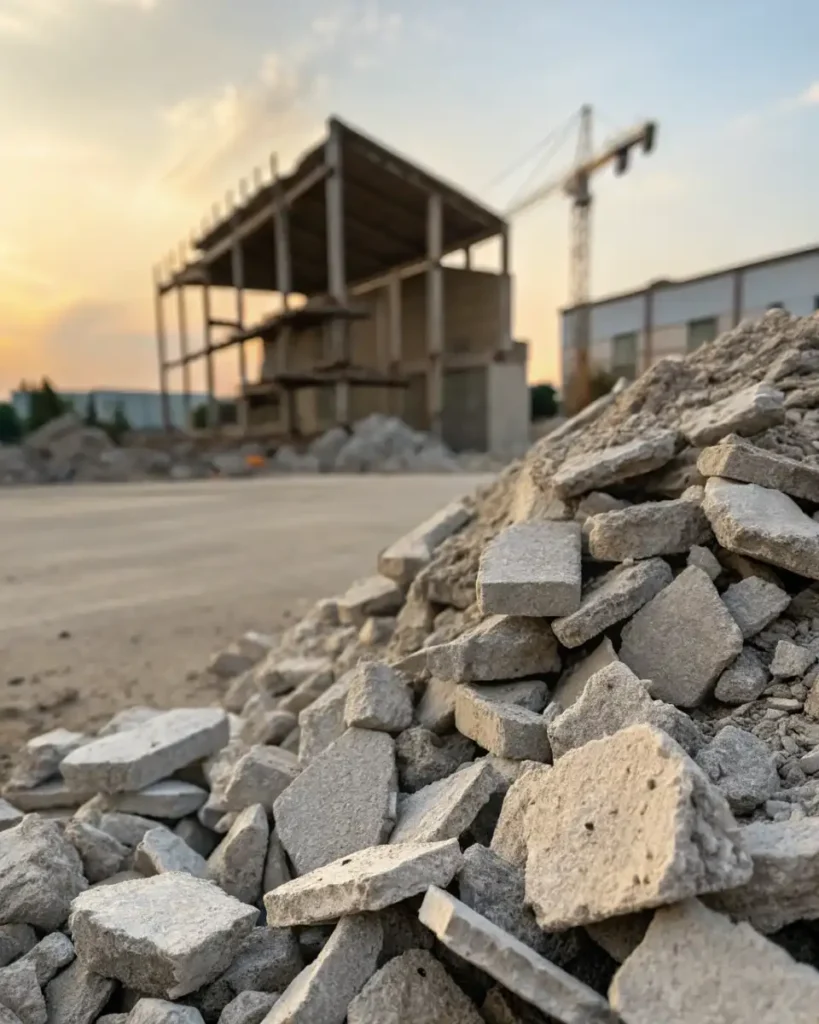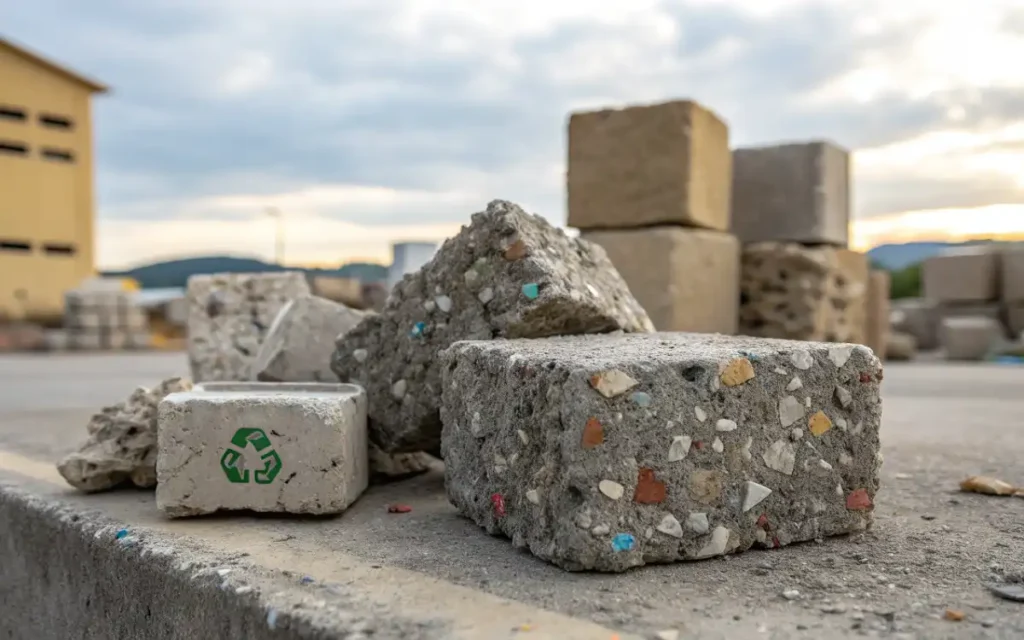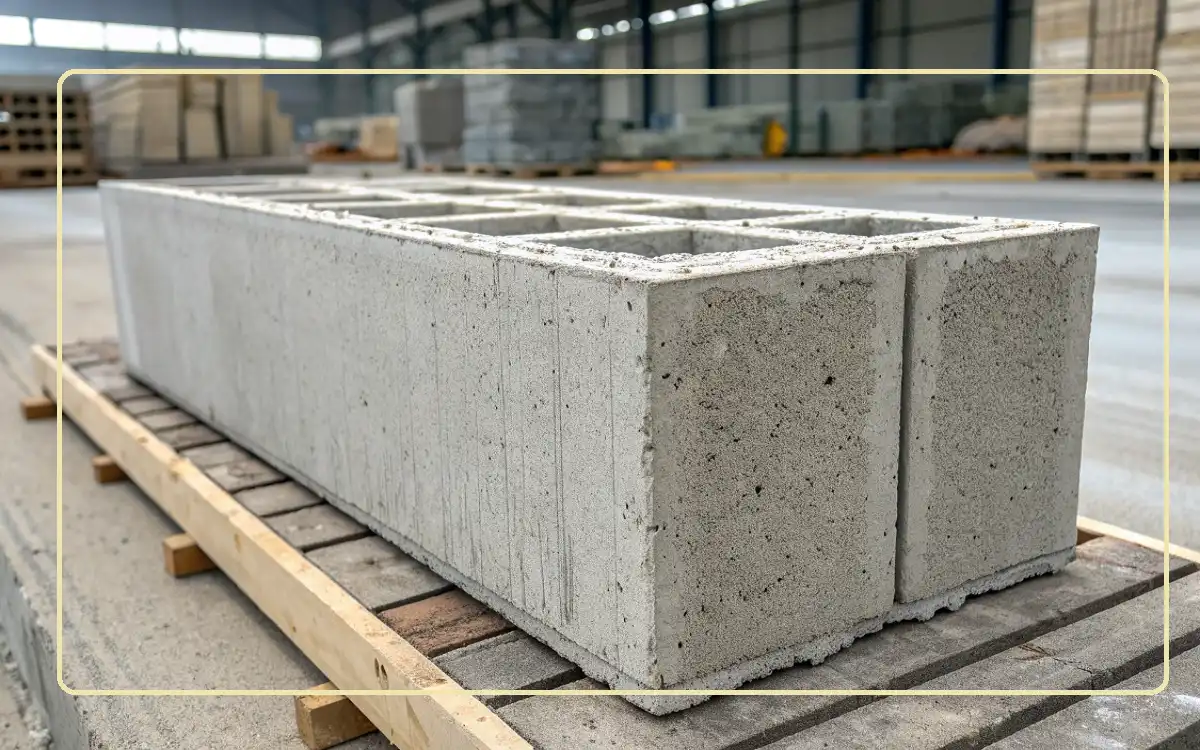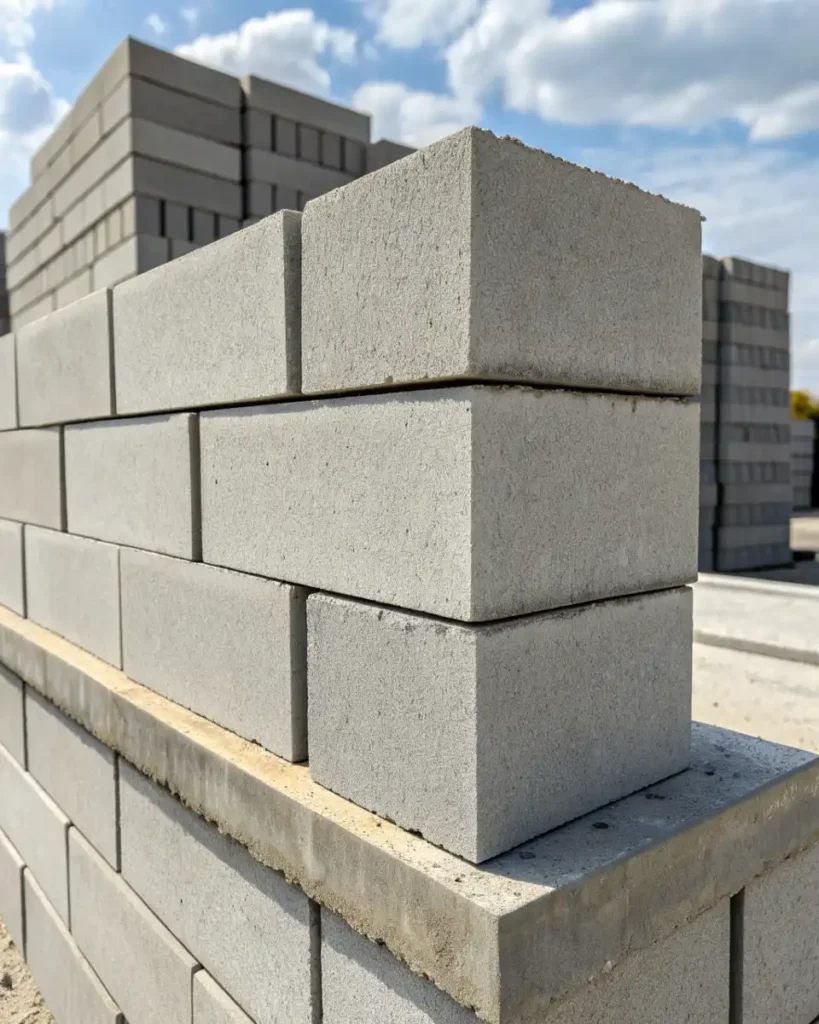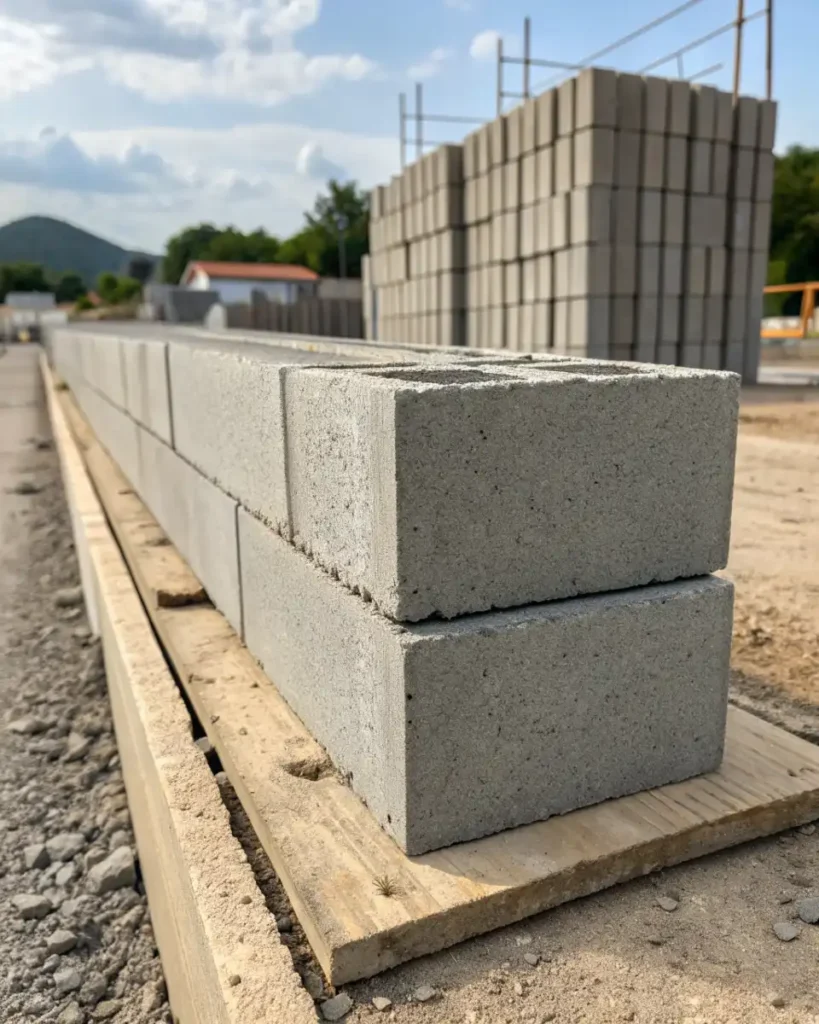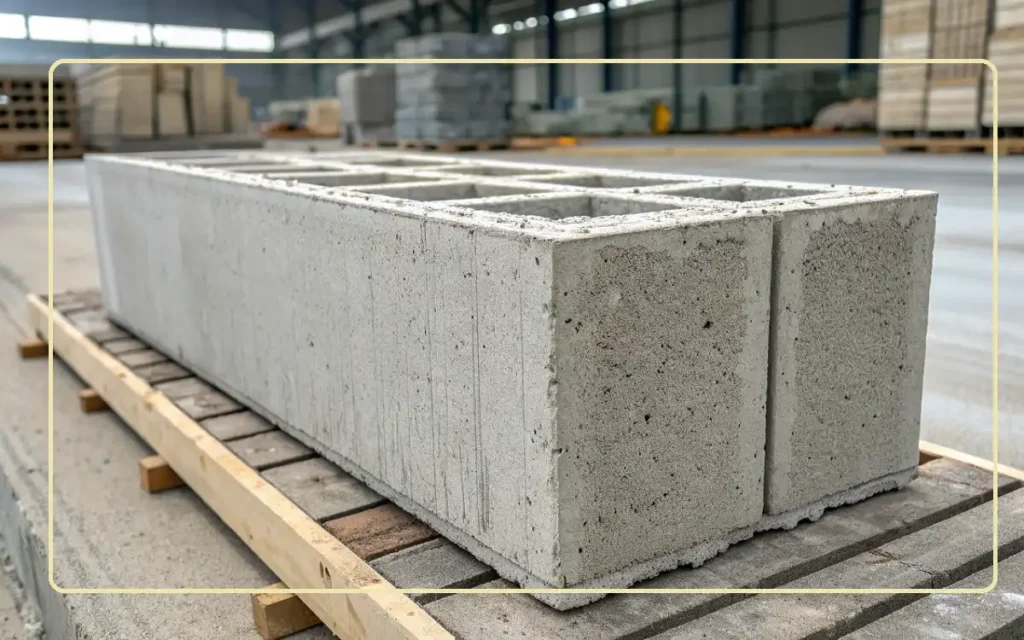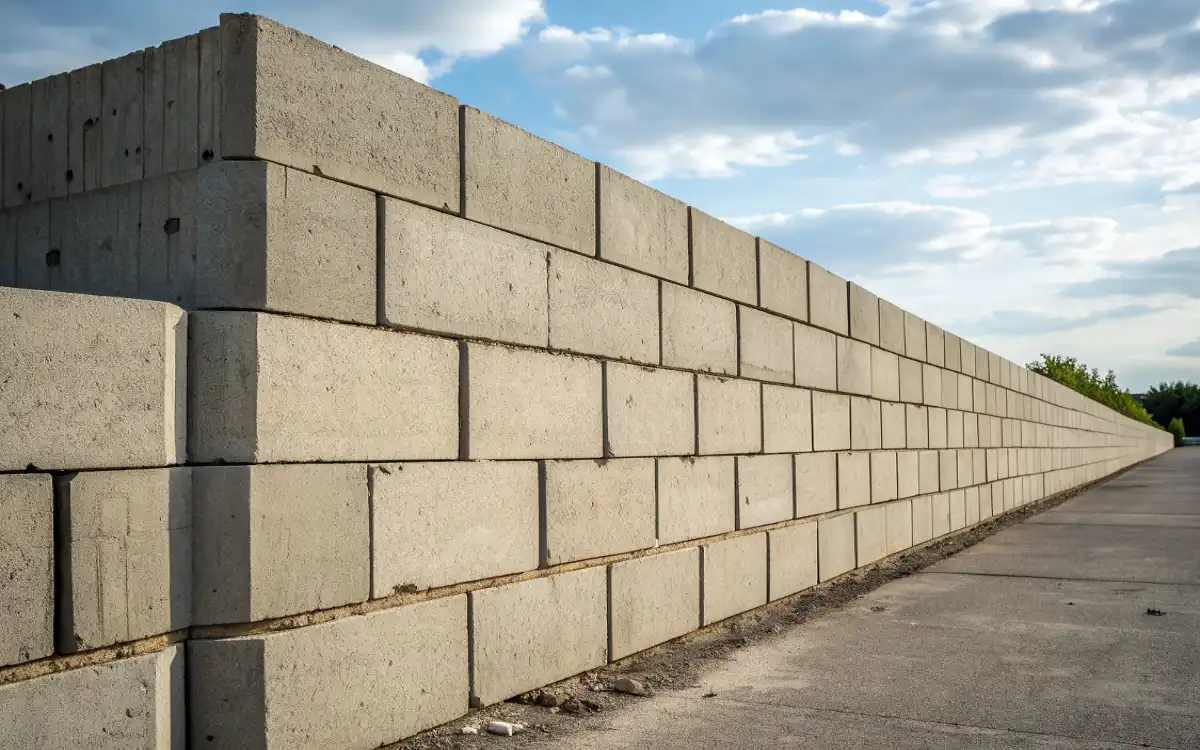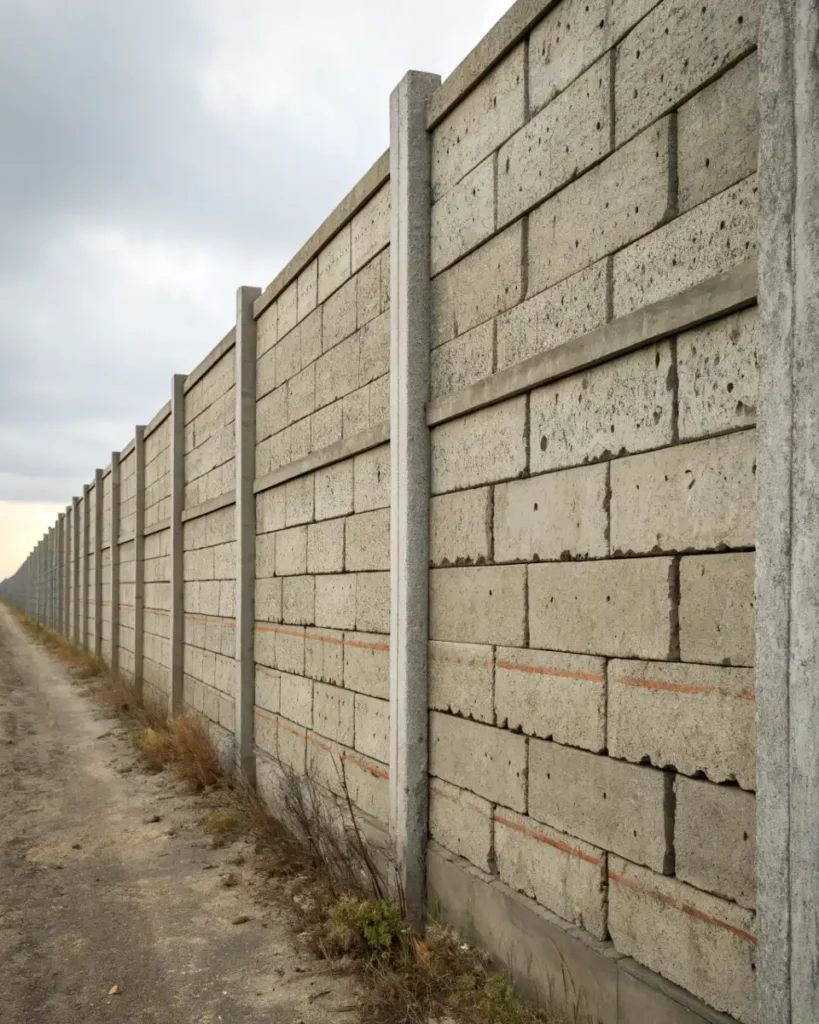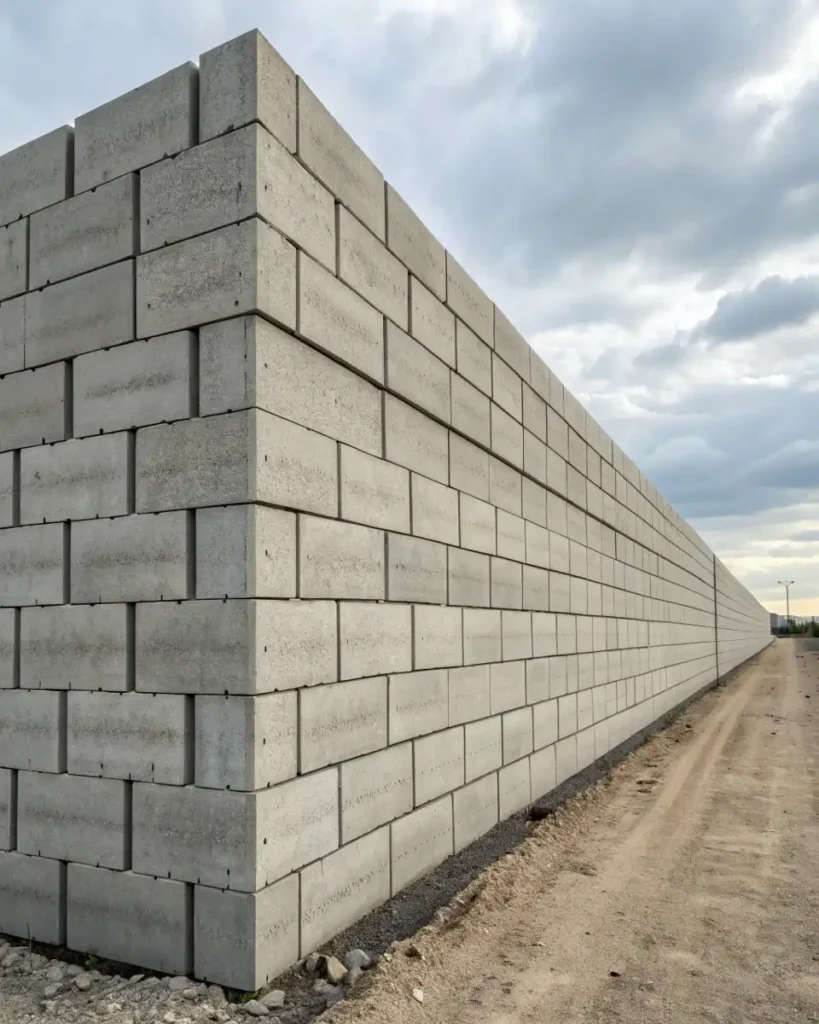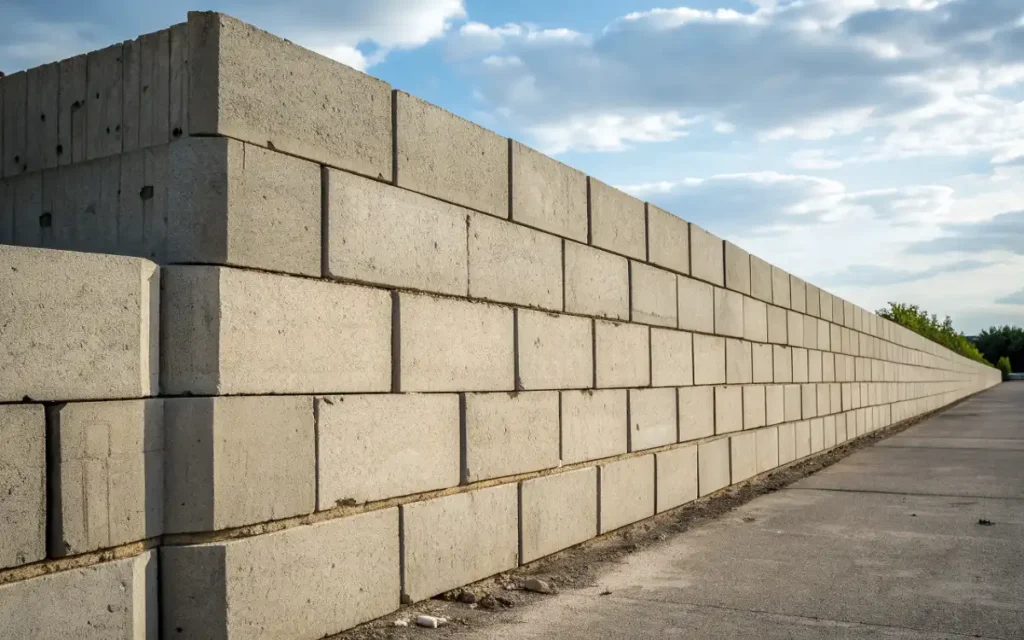Introduction
Concrete piers form the foundation of innumerable modern constructions, including small decks and massive bridges. The ability of piers to adapt to adverse conditions including difficult soils, extreme weather, and complex engineering requirements, makes them a fundamental option.
The year 2025 is anticipated as the time when new innovations in the construction industry and advanced technologies in concrete engineering will further increase the adaptability and dependability of piers.
Builders will be equipped with safe, economical, enduring, and cost-effective piers for framing a variety of constructions, be it residential, commercial, or civil works, when they understand the facts concrete piers provide.
What Are Concrete Piers?
Concrete piers are vertical, column-like, reinforced concrete structures. They reach down to competent soil or bedrock and are designed to shift the structures’ load directly down.

Piers transfer loads applied to decks, houses, bridges, and any other construction when regular foundational elements cannot be employed due to soil or environmental constraints. Piers are also used in concrete wall environmental structures such as bridges.
Essential Functions and Key Advantages
Concrete piers provide integral benefits which include;
Making it possible to provide sturdy support in steep, unstable terrain.
- Better Resistance to Decay Compared to Other Materials
- Coping with moisture, rot, and termites, as well as damage from weather.
Issues with frost and groundwater
Foundation replacement and reinforcement is easier, allowing construction over major repairs and upgrades.
1. Concrete Piers: Cast-in-Place, Precast and More
Each type of concrete pier delivers distinct benefits tailored to the requirements of a project:
- Cast-in-Place Piers: Forms are built and concrete is poured on the construction site to the prescribed depth.
- Precast Concrete Piers: Built and assembled off site then delivered to the construction site. This offers speedy consistency.
- Bored Caissons: Form large and deep concrete piers used for heavy loads and bridges.
- Helical Piers: Concrete is used for rapid stabilization, mainly for repairs or retrofits.
2. New Developments in Concrete Pier Construction
New Construction Trends:
- Smart Precast Concrete: Precast concrete construction with in built sensors allowing for real time monitoring of structural integrity and storing environmental data for an added layer of preservation and safety.
- 3D Printing and Custom Formwork: New construction trends that drastically reduce wasted project time on site while 3D printing concrete forms for precision.
- Eco Friendly Concrete Mixes: New construction blends markedly reduce carbon emissions while improving concrete strength.
- Rapid Construction Technologies: Use of Modular, Precast Components
Preliminary site work can be limited with modular construction technologies, particularly for bridge and commercial work, and for quick turnaround jobs.
3. Ideal Situations for Use of Concrete Piers
Concrete piers work best for:
- Foundations of homes on sloped, flood-prone, and other marginal, unstable soils;
- decks, porches, and small outbuildings that require elevation or need additional lateral support;
- bridges, particularly in seismic zones where construction speed and quality control are of primary concerns;
- foundation retrofitting or other strengthening/remediation works of aging structures and structures after earthquake disasters;
- industrial structures that use heavy equipment, where vibrations operate or systems work, and require deeper support.
4. Installation Practices and Recommended Depths
For piers, enforce spacing of 6–10ft. Range of Depths for Concrete piers is from 24 inches for small decks to several meters for large, heavy structures or bridges.
In frost zones, to control heaving and movement of foundations, piers must extend well below the frost line. In pier construction, to control lateral soil pressures, settling, and vibrations, use reinforcement with concrete.
5. 2025 Standard Specification Highlights
For ready-mixed and precast options, quality control must meet the parameters of the relevant standards including ASTM C143/C143M for workability and ASTM C150/C150M for cement.
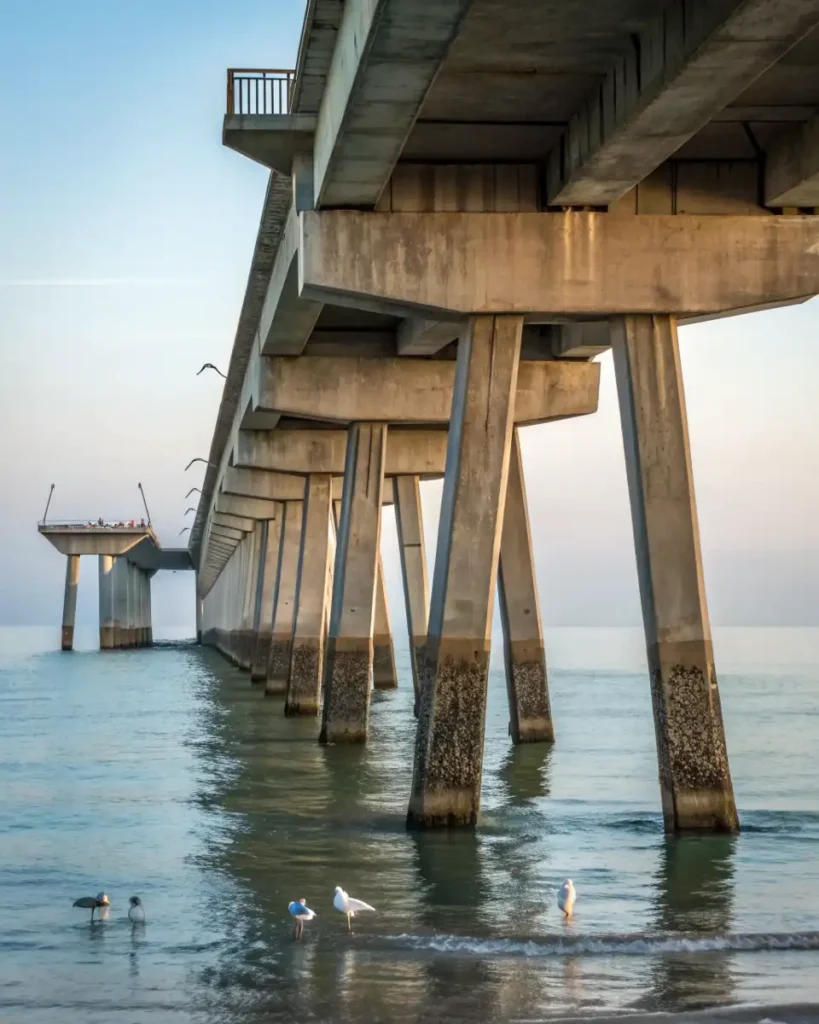
To enhance assembly efficiency and improve seismic resilience, factory-installed connectors have become a common feature in precast systems.
6. Precast Concrete Piers: The Modern Builder’s Choice
There are a number of advantages offered by precast concrete piers in comparison to the traditional cast-in-place methods:
- Piers are manufactured in controlled environments, ensuring consistent quality.
- Piers arrive ready for installation, allowing for the elimination of on-site mixing and curing, which results in substantial time savings during construction.
- Ideal for rapid construction jobs or areas with restricted access, such as urban infill, bridges, and tight property lines, as there are fewer site and weather-related challenges.
- Crews are safer because the need for work that involves ladders and deep excavations is greatly reduced.
7. Cost, Durability, and Comparison to Other Foundations
When it comes to concrete piers, the long-term value is hard to dispute.
- They outlast wooden structures and are far more resistant to the ravages of moisture, insects, and soil movement.
- Concrete piers present a more economical option compared to the deep foundation systems of piles or caissons for mid-weight structures and decks.
- They can be reinforced or supplemented, making concrete piers a quicker option for repair or replacement, as an entire foundation does not need to be replaced.
- With the introduction of self-healing and low-carbon concrete, not only maintenance and life-cycle costs will decrease, but also concrete piers will become a more cost-effective option by 2025.

Useful Comparison Table: Foundation Types
| Foundation Type | Ideal Use Case | Durability | Installation Speed | Cost | Notes |
| Concrete Piers | Slopes, weak soils, decks, repairs | High, decades+ | Moderate to Fast | Moderate | Adaptable, moisture/weather resistant |
| Precast Concrete Piers | Fast builds, bridges, tight sites | Very high | Fastest | Moderate | Most consistent, less site disruption |
| Block Wall | Retaining, garden/landscape | Moderate to High | Moderate | Low-Med | Use for light or decorative loads |
| Slab Foundation | Stable, level ground, homes | High | Fast | Moderate | May crack with shifting soils |
| Timber Piles | Temporary builds, small projects | Low | Fast | Low | Prone to rot, bugs, short lifespan |
| Helical/Screw Piers | Fast repairs, weak soils, retrofits | High | Fastest | High | Minimal site impact, used with concrete |
Conclusion
For 2025 and the years to follow, concrete piers will be the backbone of strong foundations.
Smart sensors, eco-friendly mixes, and 3D-printed forms are just some of the innovative additions to an industry standard that continues to make advancements and improvements.
For builders who learn and understand the critical determinants of depth, soil, type, and installation method, the results are safe, cost-efficient, and sustainable. Be it traditional cast-in-place forms or modern precast panels, concrete piers are the best choice when strength, durability, and flexibility are the priorities.
For Repair and Services
1924 W Edward Ln, Milwaukee, WI 53209, United States
Phone: +14142855933
Email: [email protected]

